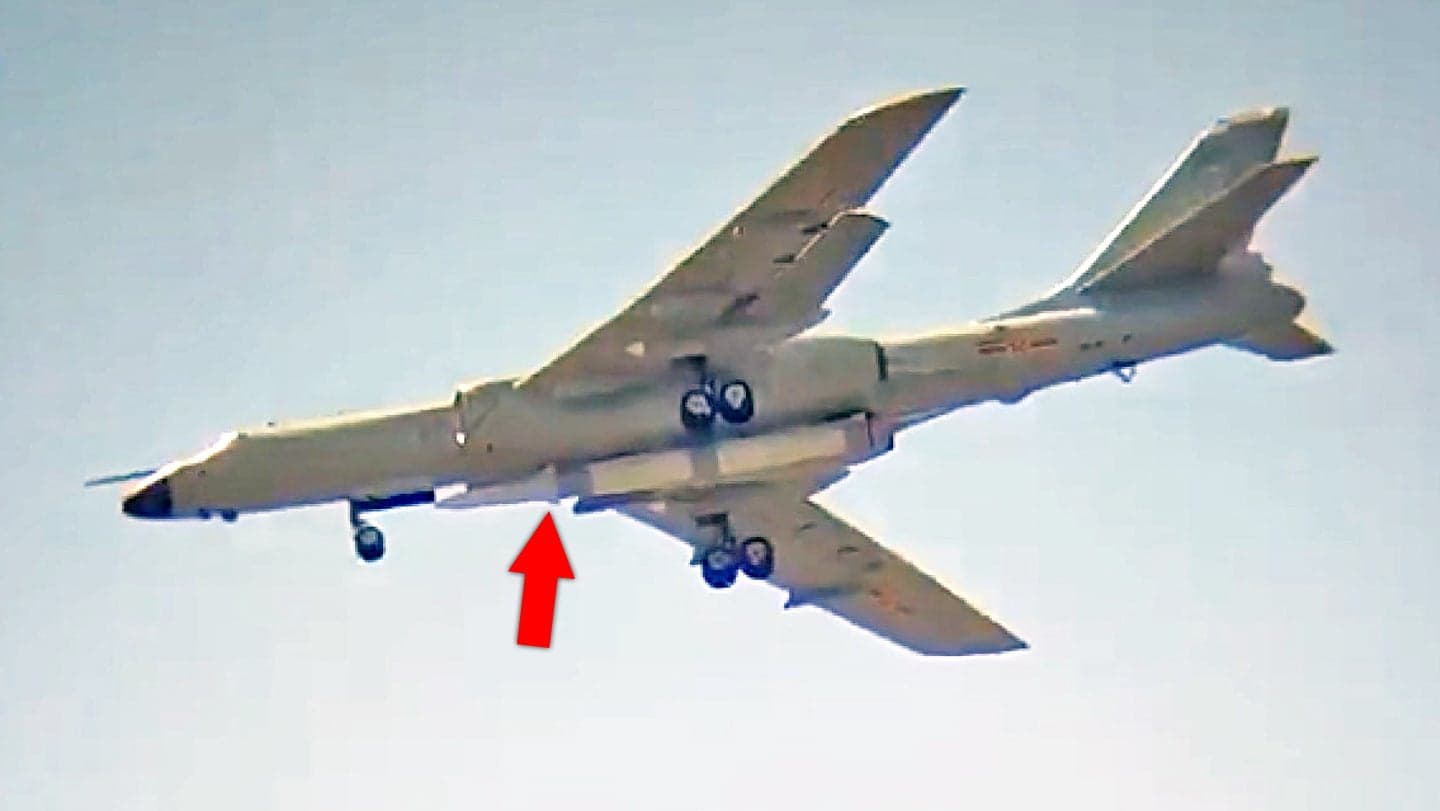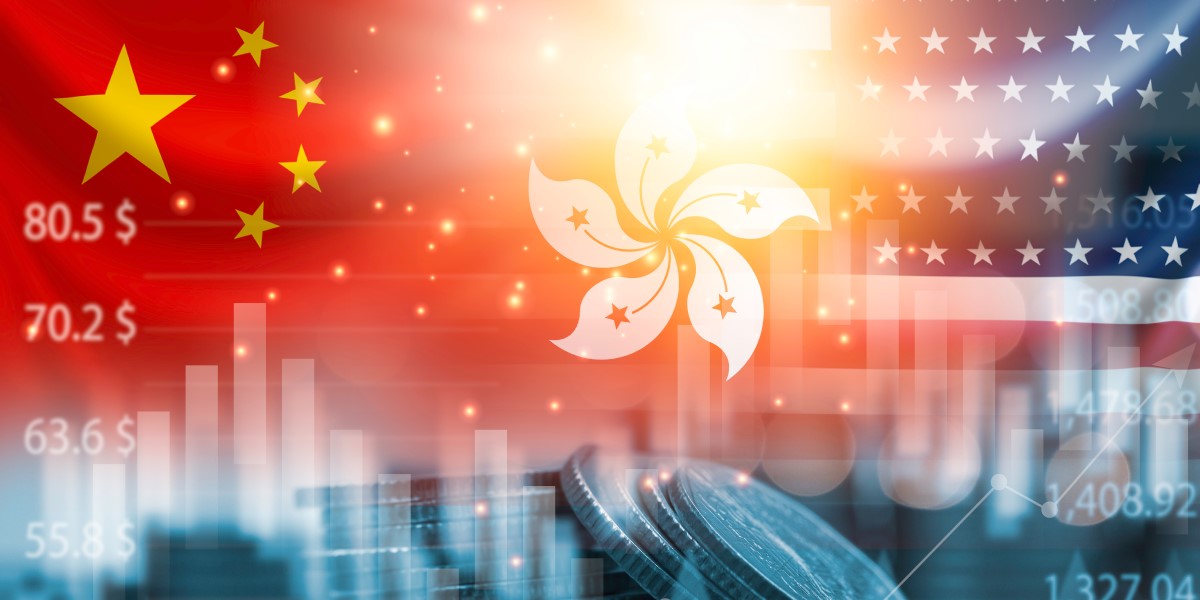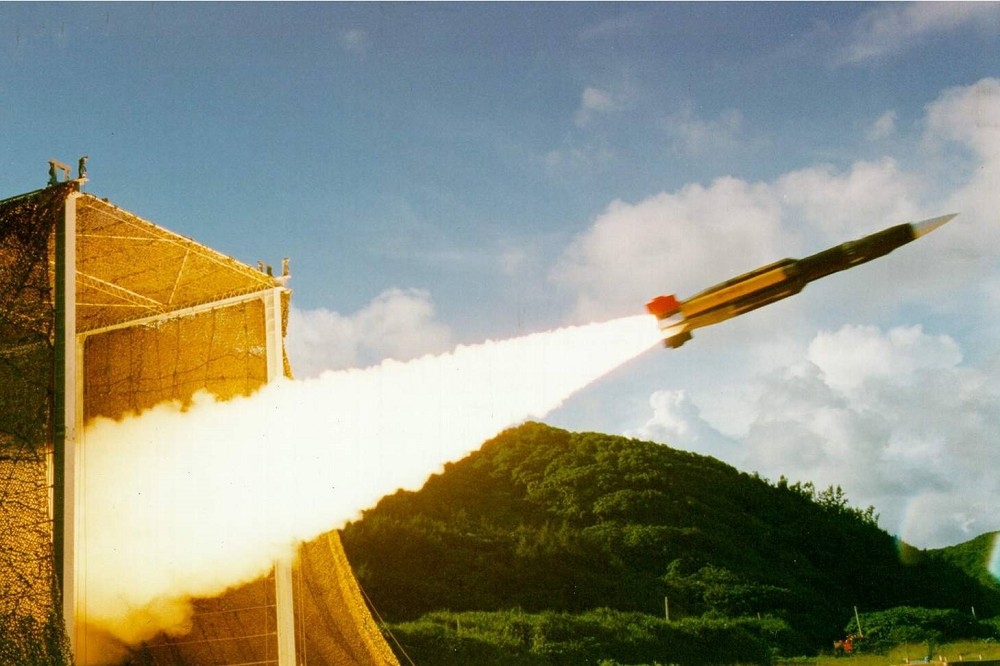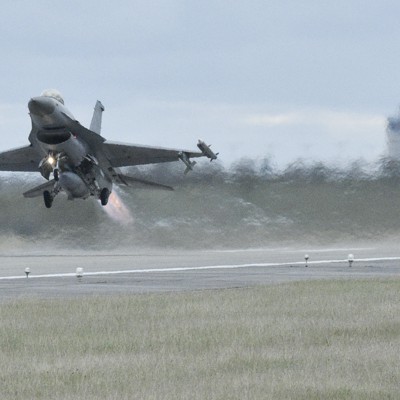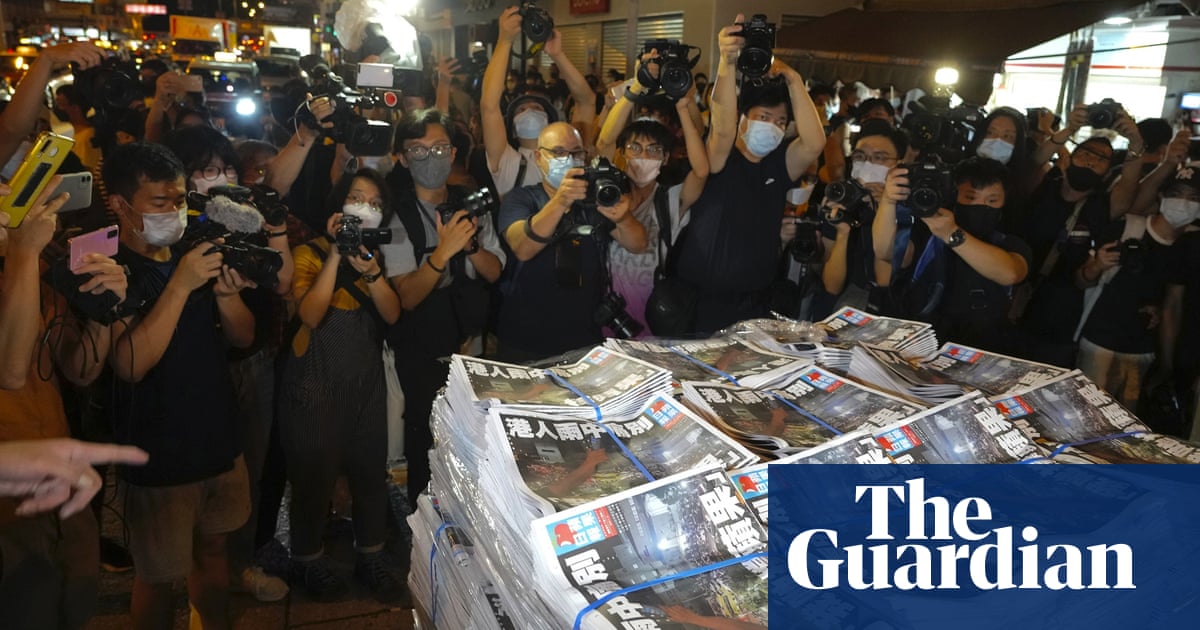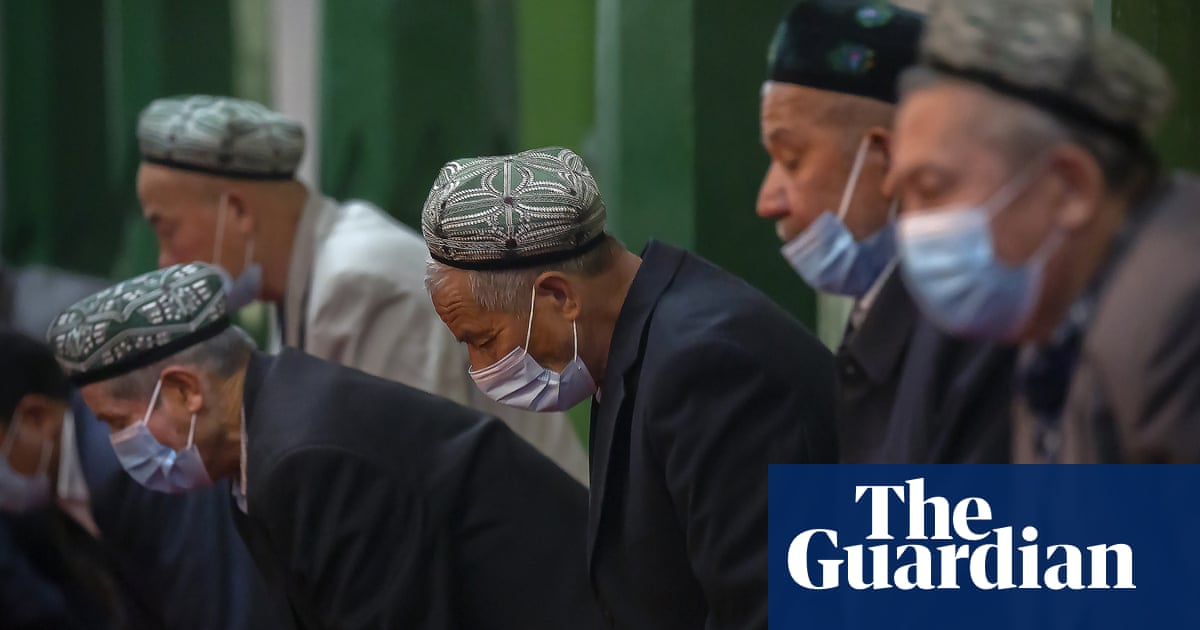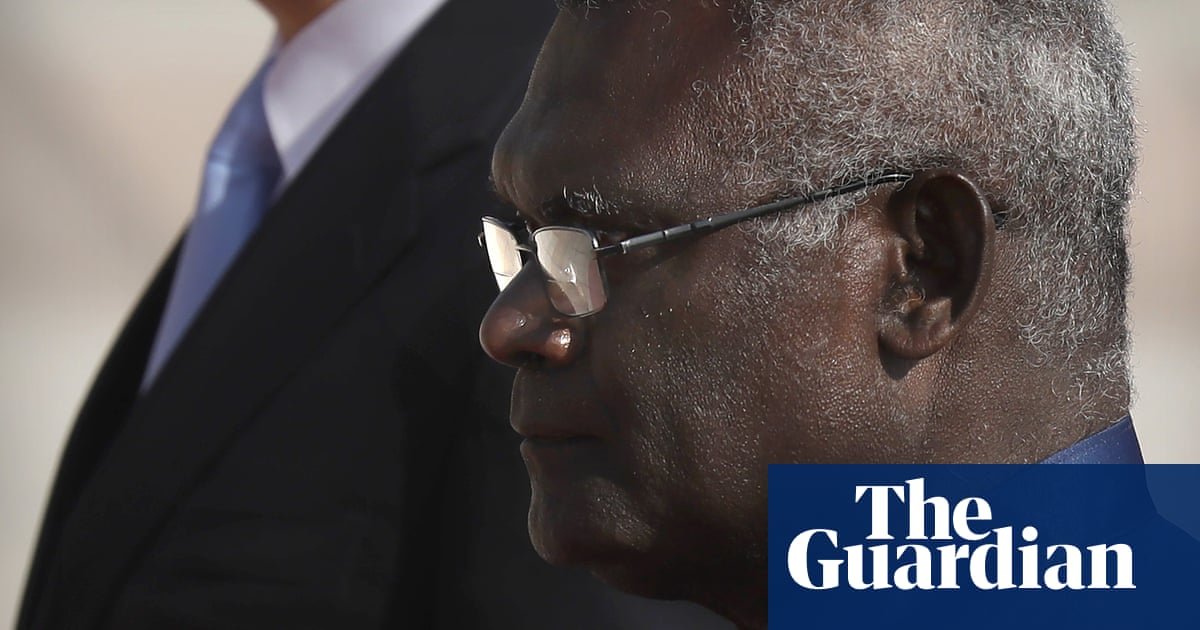Free media in
Hong Kong has been almost completely dismantled by the government crackdown, clearing the market for an expanded pro-Beijing and state-owned media sector, a new report has said.
The report, by UK-based advocacy group Hong Kong Watch, came shortly after Hong Kong’s Foreign Correspondent’s Club announced it was
suspending its Human Rights Press Awards because it did not want to unintentionally violate the city’s wide-ranging national security law imposed in 2020 by Beijing.
The working environment for local and foreign journalists in Hong Kong has become increasingly difficult, the report said, detailing the widespread use of “lawfare” against journalists – including with the national security law – acts of intimidation and police violence, mass sackings, and government intervention or censorship of outlets. It noted the redefinition by police of who constituted a journalist, the pending introduction of a fake news law, and the criminalising of traditional research methods.
Since the 2019 pro-democracy protests, a crackdown has seen
the closure of Apple Daily, Stand News and others. Sources and citizens now fear retribution or legal consequences for speaking to journalists. A government intervention into RTHK has
stripped the public broadcaster of its former editorial independence, and a
chilling effect has spread across remaining media, with some engaging in alarming self-censorship.
In one example, Chris Wong – a former news presenter with the TVB broadcaster – described to Hong Kong Watch his attempts to report on the November 2019 attack on pro-democracy councillor Andrew Chiu, whose ear was bitten off. The attack was evidenced by clear photographs and video, the report noted.
“The script that the editor provided said that Mr Chiu’s ear fell off naturally, somehow,” Wong said. “Nobody did anything, it was not a bite, and the ear just fell to the floor. The editors did not want to cover violence by pro-Beijing ‘blue’ supporters.”
Wong also said they were ordered to call protesters “black shirts” and to not cover their press conferences, while running those by the police in full.
“Unfortunately, TVB damaged the reputation of its journalists, and because of TVB’s reputation, all former employees are living and working under a lot of public criticism.”
The report also detailed multiple acts of police violence against journalists during the protests, including some which appeared targeted.
“We were sitting on the ground, and we had taken off our gear, our masks and helmets and other protective gear,” a South
China Morning Post photojournalist said of covering one protest. “The police came and sprayed teargas directly at us. The hatred that the police showed against the media was shocking.”
The silencing and intimidation of Hong Kong’s media scene had been helped by pro-Beijing outlets which now benefited from the reduced industry, the report suggested.
“In the absence of pro-democracy media, it is worth pausing here to consider the implications of the erosion of press freedom and how it creates further space for the pro-Beijing media,” the report said, accusing the outlets of “providing propaganda for the Chinese Communist party regime and the Hong Kong government, and threatening their critics, both in print and through various forms of harassment.”
“I think we have seen an emboldening of them,” said Hong Kong Watch director, Benedict Rogers, noting recent moves by Ta Kung Pao to devote entire pages to attacking the church, church-run schools, Hong Kong Cardinal Joseph Zen, and Hong Kong Watch.
“That struck me as a kind of escalation and emboldening. They’ve always from time to time gone after people like me and people in Hong Kong but I’ve never seen full page spreads.”
The report also noted the claims of former Stand News editor and
chair of the Hong Kong Journalists Association, Ronson Chan, that he was tailed by a Ta Kung Pao reporter before the paper published a front page story accusing him of visiting a sex worker. In March 2020 Ta Kung Pao published a list of artists and arts organisations it said were linked to anti-government activists, including the
artist Kacey Wong who later fled to Taiwan.
The report also accused the papers of publishing “propaganda” including descriptions of the 2021 vote for the legislative council, as “the most successful since handover” despite a
historically low voter turnout of about 30%.
The general public for now can still get news from remaining free media and international outlets, Rogers said, “but in terms of Chinese language local media they really have a much much narrower choice and the danger then is they’re getting info filtered through the lens of Beijing’s propaganda.”
In the report Hong Kong Watch called for international governments to offer pathways and assistance to fleeing Hong Kong journalists who want to emigrate, and to continue Cantonese language media from overseas. It also called for governments to use Magnitsky-style sanctions and other forms of pressure to encourage the Hong Kong government to restore media freedoms.
“The international community must not allow those responsible for these violations to get away with impunity and without consequence,” it said.
